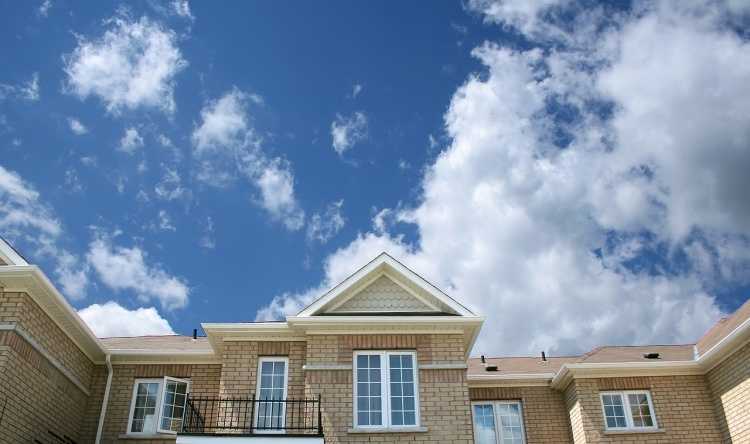
The number of suburbs in Melbourne with a median house price of more than a million dollars has surged from 20 to a whopping 124 over the past decade, according to the Real Estate Institute of Victoria (REIV).
Rising prices have been positive for homeowners and property investors, but has also left many others having to set aside more than half of their income for rent or home loan repayments.
In June 2007, only seven local government areas – Stonnington, Bayside, Boroondara, Melbourne, Port Phillip, Banyule, and Whitehorse – had suburbs with median house prices that exceeded $1m. That number has since more than doubled, and now includes Glen Eira, Moonee Valley, Kingston, Hobsons Bay, Maribyrnong, Moreland, and Knox.
Joseph Walton, president of REIV, said unprecedented population growth, stronger buyer demand, and record low interest rates have contributed to the strong price growth.
He said suburbs poised to hit the million-dollar mark include Macleod (median of $992,000), Knoxfield ($990,000), Wantirna ($956,750), and Oak Park ($950,000).
“The ‘bridesmaid effect’, where buyers are priced out of the inner-city areas is now resulting in significant price growth in suburbs further from the city,” Walton said. This encompasses 53 middle suburbs and 12 outer suburbs.
Meanwhile, Hawthorn, Kew East, and Elsternwick are likely to join the suburbs that have exceeded the $2m median - a group that includes Toorak, Malvern, Brighton, Albert Park, and Elwood.
According to the latest report from the Committee for Economic Development of Australia (CEDA), housing affordability issues are likely to continue over the next four decades, especially in capital cities.
“CEDA’s research shows that barring any major economic jolts, demand pressures are likely to continue over the next 40 years and supply constraints will continue,” said Rodney Maddock, CEDA’s research and policy committee chairman. “This is particularly the case in capital cities with a growing population and where an increasing proportion of Australia’s population are expected to reside.”
CEDA’s report recommends relaxing local planning restrictions to facilitate the construction of more high-density housing, improving protections for long-term renters, and reforming tax incentives for those looking to invest in or retain rental properties.
Collections: Mortgage News


Share